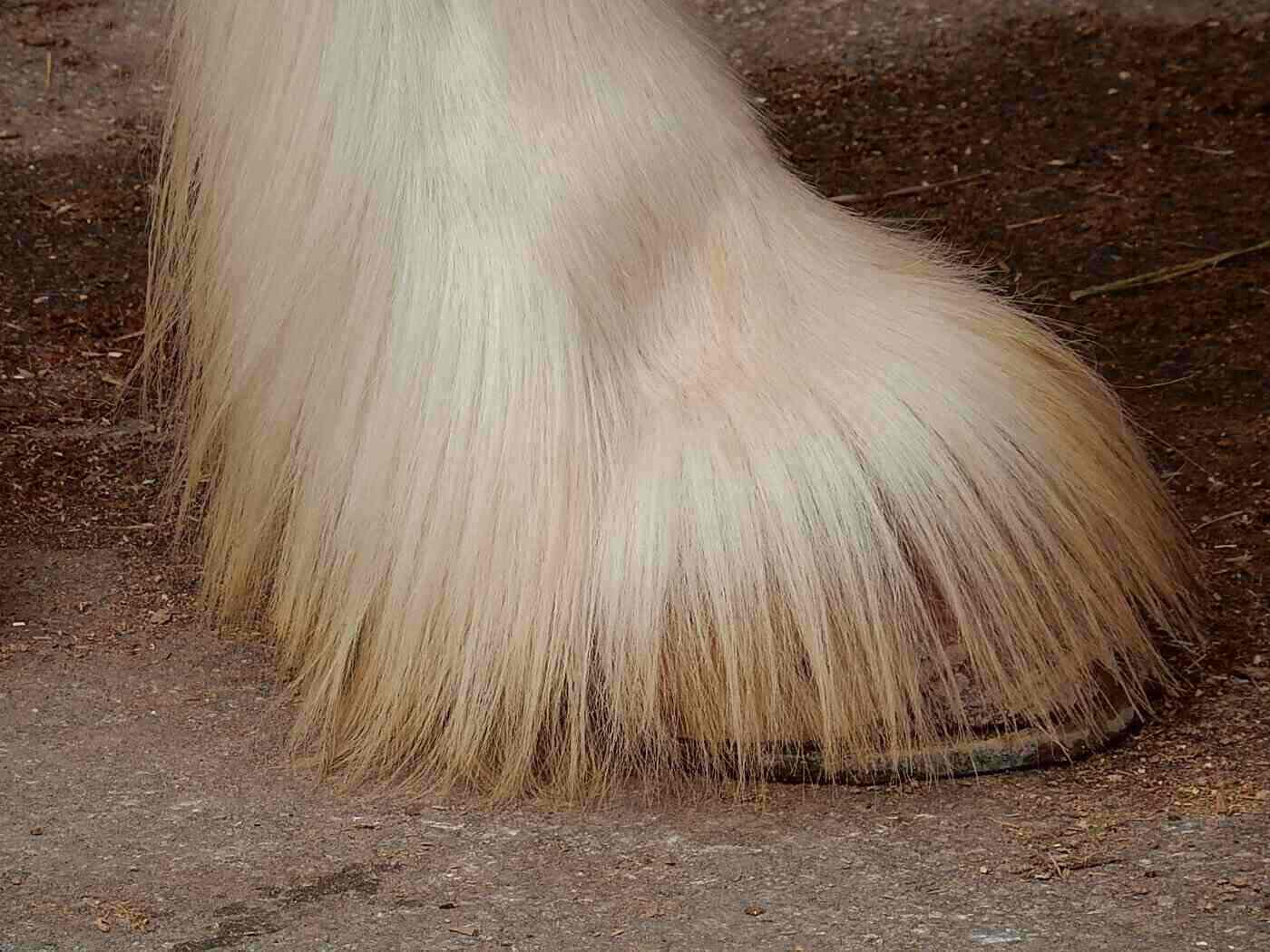I'm sure you've all heard the old saying: “One white hoof, buy it; two white hooves, try it; three white hooves, look well about it; four white hooves go without it.”
That saying comes from an old myth in the horse world that white hooves are weaker and black hooves are stronger. While you still might find people who believe the myth, it is just that—a myth.
In reality, there's no structural difference whatsoever.
The Truth About Hoof Colour
The color of horses’ hooves depends on the color of their legs at the coronary band or the hair line. A horse with white socks will usually have white hooves. A bay or chestnut with no white on his legs will have dark hooves. A paint horse with a mix of brown or black and white will probably have striped hooves.
Cells called melanocytes, which produce pigment, are what cause the difference between dark and light hooves. Those cells produce a difference in colour, not structure. And in fact, melanocytes are usually only found in the outer layer of the hoof anyway, so the difference is skin deep, so to speak.
The strength, health and quality of hooves depends on the horse’s breed, genetics, environment and how well you take care of them.
Thoroughbreds usually have thin hoof walls, which could make them a little softer or weaker than other breeds like Arabians or warm bloods. That said, my little old Arab has extremely hard but thin hoof walls.
My quarter horse used to be a roping horse (heeler) and I don't think he's ever had a set of shoes on. We don't get much precipitation here in southern Alberta, so his hooves are dry, hard and still grow faster than he can wear them down. His feet would be much softer if we lived somewhere greener.
Rather than look at how many white feet a horse has, keep the breed in mind if you’re horse shopping for an equine partner who can do a job that’s tough on feet. You can ask your farrier to have a look at the horse if you want an expert opinion on their hooves.
Can You Do Anything About Hard or Soft Feet?
Regardless of where you live, there are lots of things you can do to help your horse. Ideally, Mother Nature would give us all the perfect amount of rain and sun, but clearly that isn't an option.
Try to do your best with the living conditions your horse has. Obviously it’s not great for your horse’s feet to be standing in muck and mud all day, so if you live in a wet area, make sure you have a dry, level place for them to at least stand, if not run around on.
Put some care into your arena footing so your horse can work in conditions that aren’t too hard and aren’t so deep your horse strains anything.
There are lots of supplements, hoof hardeners and moisturizers on the market, too, that might help your horse if they struggle with feet that are too brittle or too soft.
But back to your original question: personally, I prefer white hooves because I can see the bruises and lines better.
If you have a question you’d like to ask a farrier (about horseshoeing, farriery, hoof and horse health, blacksmith tools, working as a farrier, etc.), email or leave it in the comments below. Every month, we’ll pick one question to answer in our feature.






.jpg)

